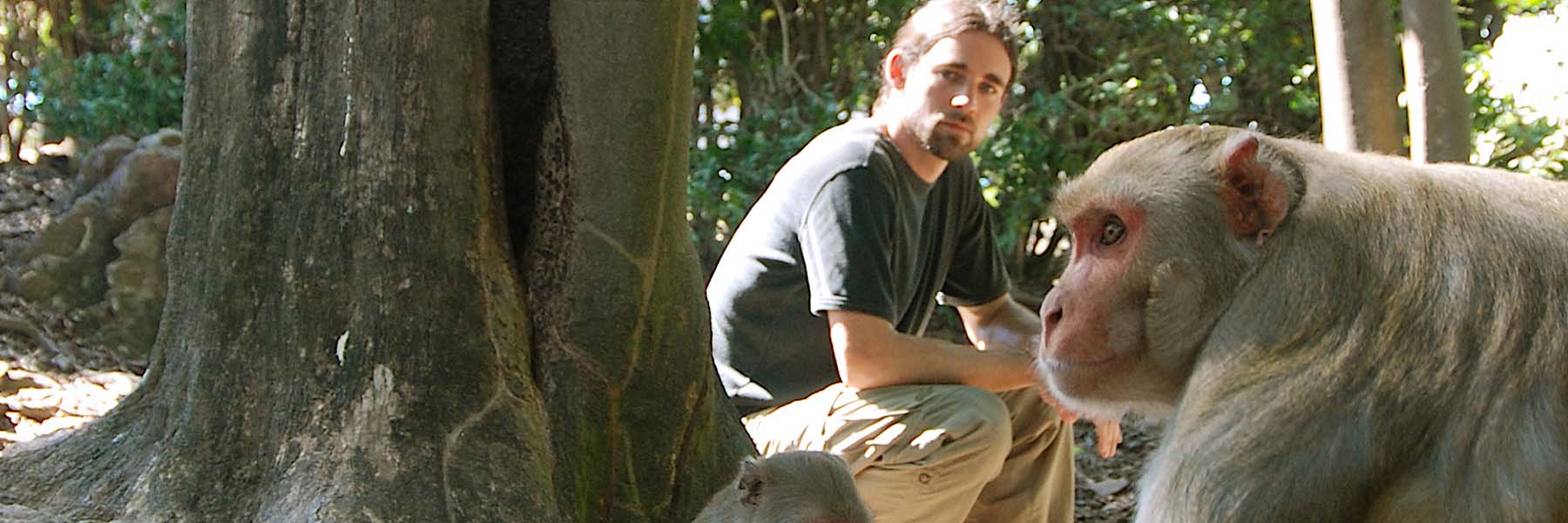Our animal informatics track focuses on five main areas:
Maker applications for animals
Develop and construct tools that provide unique opportunities to enrich the lives of animals, such as the San Francisco Zoo’s Rhino “Foobler” – a giant hard plastic ball with six internal chambers that can be filled with food and programmed to dispense throughout the day when the rhino pushes it around. Create species-appropriate interfaces for animals who provide assistance to disabled humans, such as dog nose-friendly light switches and telephone buttons, or develop assistive technology to animals, such as 3D-printed replacement limbs, or animal-activated hydration or massage stations – and more.
Automated quality of life data capture and analysis
Sensor technology and data science can monitor and analyze how captive animals live and thrive while also alerting caregivers about potential problems with livestock, zoo residents, shelter animals, lab animals, and wildlife. For instance, sensor technology can be used to monitor beehives, allowing beekeepers to adjust conditions in a hive to allow bees to thrive.
Wildlife (and poacher) tracking and monitoring
Lightweight sensors and data capture devices can provide a real-time picture of the movement of local populations, diseased or endangered species, as well as the migration patterns of animals traveling on land, in the ocean, or in the air. Still and moving image capture—including via drone or social media—can be especially useful in allowing researchers to analyze individual and group behaviors.
Animal cognition
Understanding how nonhuman animals think and learn is requiring less and less in-person interaction with humans thanks to eye-tracking software, interactive games, problem-solving puzzles, and environmental choice options. Creating ways for animals to participate in noninvasive experiments and situations that help us better understand them and the way they interact with their environment can help improve their quality of life. Understanding animal intelligence can also reveal fundamental insights into human intelligence and provide clues for building machines that think like biological creatures.
Interspecies relationships and education
Technologies such as artificial intelligence, virtual reality, augmented reality, and mixed reality are being used to improve interactions between a variety of nonhuman and human animals. Innovative zoo and aquarium exhibit design, novel approaches to data collection and visualization, and designs to better ascertain and then match the needs and desires of well-meaning humans with those of other animals are allowing humans and nonhumans to better interact with animals and understand their needs.
Our track in animal informatics is a 36-credit-hour degree that features 27 credit hours in informatics courses and 9 credit hours of electives of any graduate-level coursework within or outside of the Luddy School of Informatics, Computing, and Engineering. The program will appeal to students who have a general interest in animal informatics as well as those who have a specific interest in creating tangible objects, studying animal cognition, applying data science, and using 3D imagery, including capture, analysis, and data visualization.






